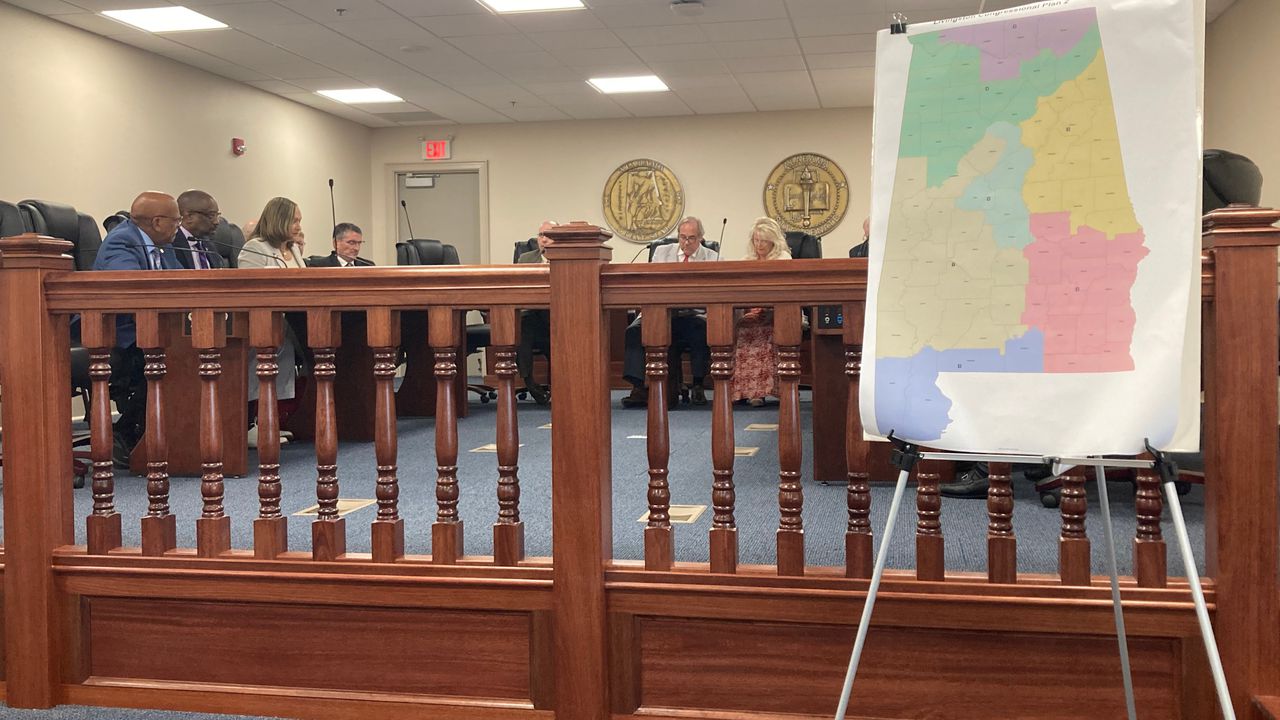Black voters urge Supreme Court to leave map ruling in place
The organizations and Black voters who prevailed in their federal court challenge to Alabama’s new congressional map have asked the U.S. Supreme Court to deny the state’s emergency request for a stay to block that ruling.
The Milligan plaintiffs filed their motion Tuesday, the due date set by Justice Clarence Thomas, who handles stay requests for the 11th Circuit.
On Sept. 5, a three-judge district court ruled that the new map passed by the Republican-controlled Legislature during a special session in July failed to fix the dilution of Black voters that was likely in violation of the Voting Rights Act.
The Milligan plaintiffs, represented by the NAACP Legal Defense Fund and others, said there is no basis for a stay because the new map does not add a second district where Black voters have an opportunity to elect a candidate of their choice.
The Legislature passed the new map because the same three-judge court had found last year that the 2021 map likely violated the Voting Rights Act. The judges said the remedy was a map that added a second majority Black district or one that was close to majority Black, an opportunity district for Black voters. The Supreme Court affirmed that decision in June.
But the new map leaves one majority Black district out of seven in a state where one-fourth of residents are Black.
The defendant in the case is Alabama Secretary of State Wes Allen, who is represented by Attorney General Steve Marshall and Solicitor General Edmund LaCour. They argued that the new map complies with the Voting Rights Act even though they concede it does not create a second opportunity district.
The plaintiffs say that concession eliminates any grounds for a stay.
“The district court found – and this court affirmed – that Alabama likely violated (Section) 2 of the Voting Rights Act by failing to create a second congressional district in which Black voters had an opportunity to elect candidates of their choice,” the plaintiffs wrote in their motion filed Tuesday.
“Remedying that violation requires creating a second district in which Black Alabamians would have that opportunity. Yet the Alabama Legislature never even attempted to do this. The Secretary’s concession that the Legislature’s 2023 plan lacks such a district begins and ends this appeal. The Secretary is not entitled to a stay to implement a congressional map that openly defies the clear rulings of the district court and this Court.”
The three-judge district court ordered a special master and cartographer it appointed to submit three proposed maps by Sept. 25. The parties will have three days to file objections. The court set a hearing for Oct. 3 at the Hugo L. Black U.S. Courthouse in Birmingham.
The state asked the Supreme Court for a stay to be issued by Oct. 1, or at the latest, Oct. 3.
Allen has told the court a new map needs to be approved by early October to prepare for next year’s congressional elections.
LaCour and Marshall said in the request for the stay that the district court’s order required Alabama to racially gerrymander a second majority Black or near majority Black district.
The state attorneys said the 2023 plan passed by the Legislature in July was an appropriate response to the Supreme Court ruling because it unified the Black Belt to the extent possible, maintained communities of interest in Mobile and Baldwin counties and in the Wiregrass, improved compactness, and minimized county splits.
Under the map, District 7 in west Alabama remained the only majority Black district, with a Black voting age of 51%, while District 2, which extends from Montgomery across southeast Alabama, has a Black voting age population of 39%. The other five districts range from 7% to 25% in Black voting age population.
The Milligan plaintiffs proposed a map during the special session that would have made District 2 a second majority Black district, at slightly more than 50%.
